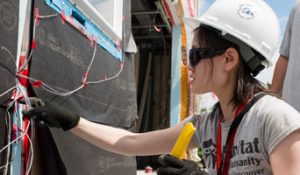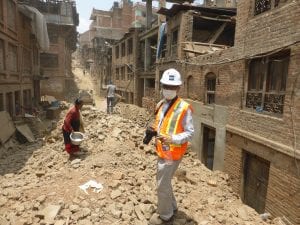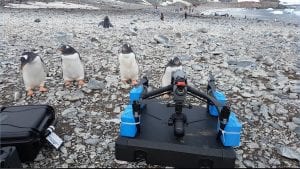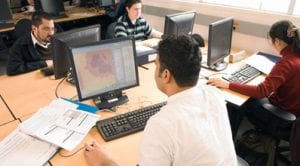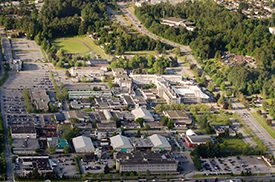Applied research projects at the School of Construction and the Environment are carried out in order to provide support for our educational and industry objectives. We’ve integrated and defined this in our Research Mission. Research interests within the School cover a broad range of disciplines related to the built and natural environment. Projects range from short-term, industry-sponsored student projects to multi-year funded grant programs.
Research Areas
The School of Construction and the Environment is currently involved in the following research areas:
BCIT researcher using drones to study climate change in Norway
As an avid photographer, traveler, and Geomatics Engineering Instructor at BCIT, Dr. Eric Saczuk frequently integrates his environmental research with adventurous travel to off-the-beaten path destinations. Nearly two years ago, he traveled to Antarctica for a research sabbatical where he used remotely piloted aircraft systems (RPAS, aka drones) to map the region and study climate change. It was also on this trip, that serendipitously led to his latest climate change research in Norway.
Connect with us
Tel: 604-432-8234 Email: construction@bcit.ca
